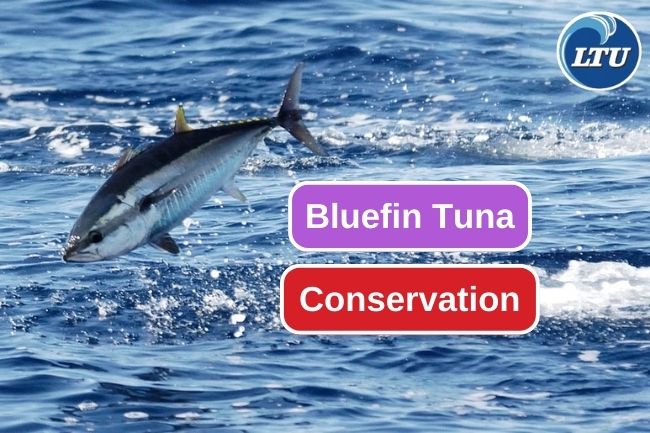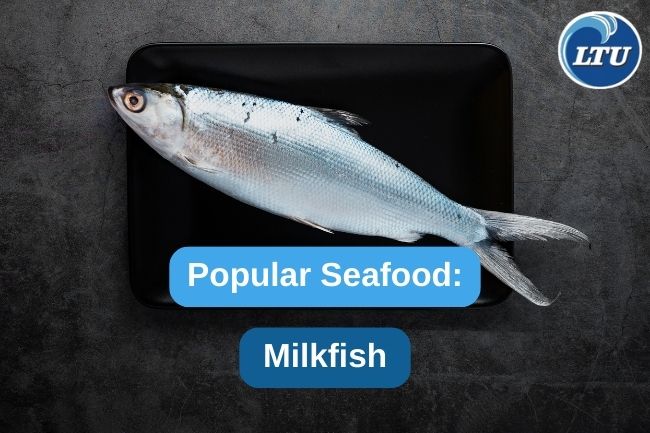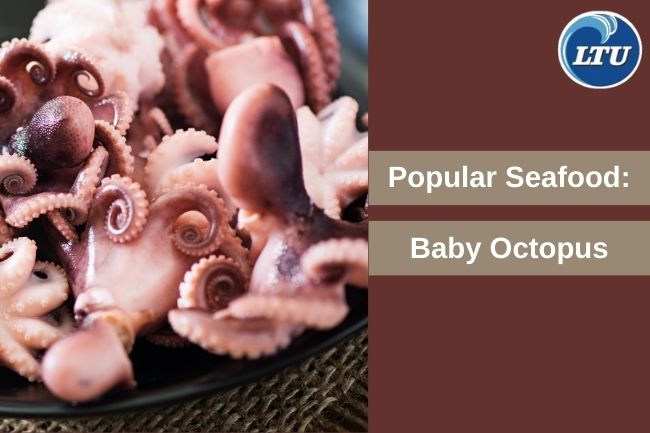Bluefin Tuna Conservational Status
By. Nevanda - 30 Aug 2023
lauttimur.com - The bluefin tuna (Thunnus thynnus) stands as a symbol of both the marvels and challenges faced by marine conservation efforts worldwide. Revered for its size, speed, and culinary value, this apex predator's populations have been under significant pressure due to overfishing and other anthropogenic factors.
Bluefin tuna are integral to marine ecosystems, playing a key role in maintaining balance and diversity within ocean food chains. As both a target of high-demand markets and a cornerstone of global fisheries, the bluefin tuna holds substantial economic importance for commercial and recreational fishermen, restaurants, and coastal communities.
Read also: Mantis Shrimp Life Cycle In 7 Stages
The conservation status of the bluefin tuna is marred by several critical challenges:
- Overfishing: The allure of the bluefin tuna has led to relentless overfishing, pushing some populations to the brink of collapse. The demand for bluefin tuna, particularly in the lucrative sushi market, has driven unsustainable fishing practices.
- Illegal, Unreported, and Unregulated (IUU) Fishing: IUU fishing exacerbates the depletion of bluefin tuna populations. Lack of proper monitoring and enforcement makes it difficult to control catches and adhere to quotas, contributing to the species' decline.
- Bycatch and Ecosystem Impact: The fishing methods used to catch bluefin tuna can result in bycatch—unintentional capture of non-target species—potentially disrupting the balance of marine ecosystems and impacting vulnerable species.
Numerous international and regional efforts are being undertaken to mitigate the conservation challenges faced by the bluefin tuna:
- Quotas and Regulation: Organizations such as the International Commission for the Conservation of Atlantic Tunas (ICCAT) establish quotas and regulations to manage bluefin tuna catches, enforce minimum size limits, and monitor fishing activities.
- Technology and Data: Advanced technologies, including satellite tracking and electronic monitoring systems, provide real-time data on bluefin tuna movements, aiding in effective management and protection.
- Fisheries Management Plans: Collaborative efforts to create and implement comprehensive fisheries management plans, with input from stakeholders and scientific experts, help sustainably manage bluefin tuna stocks.
- Market Initiatives: Awareness campaigns and certifications, such as the Marine Stewardship Council (MSC) label, encourage sustainable fishing practices and promote responsible consumer choices.
The future of bluefin tuna hinges on a collective commitment to conservation. Striking a balance between economic interests and ecological preservation requires the cooperation of governments, fishing industries, conservation organizations, and consumers.
Preserving the bluefin tuna is a challenge that transcends borders and industries. The conservation of this iconic species is not only crucial for maintaining the health of ocean ecosystems but also for safeguarding the livelihoods and cultural practices that depend on its existence. By embracing sustainable fishing practices, adhering to quotas, and supporting initiatives that prioritize the long-term survival of bluefin tuna, we can ensure that this magnificent species remains a symbol of our dedication to responsible stewardship of the oceans.
Read also: Here Are Smoked Salmon Crostini Recipe You Should Try








